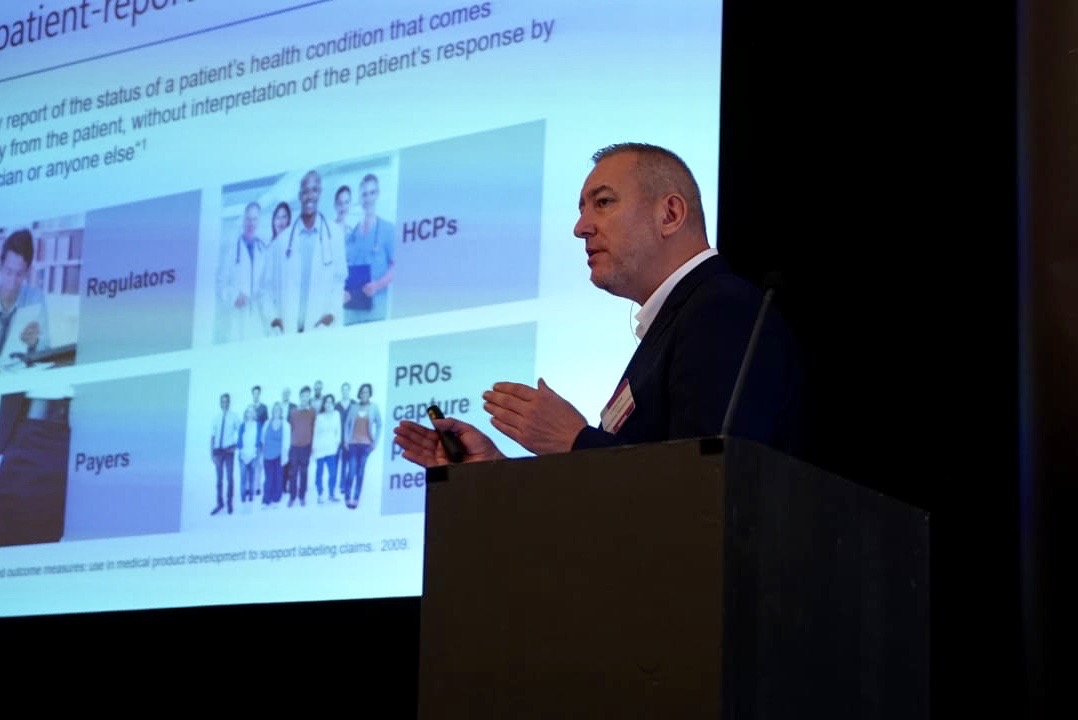New study highlights need for female-focused research
- mark field

- Aug 8, 2022
- 2 min read
A newly published article "RNA profiling of human dorsal root ganglia reveals sex-differences in mechanisms promoting neuropathic pain" from Ray et al., (Brain. 2022 Jul 22:awac266) highlights sex differences in the mechanisms of pain.
This builds on previous work from the lab of Ted Price and is important as most research is still conducted in males even though females suffer more with chronic pain conditions.
These work should promote awareness to encourage more female-focused research as many pain mechanisms may be sex specific and therapies mainly researched in males may not be optimal for pain suffered by women. Linking research targets to the most suitable pain condition is key for successful R&D and considering sex as factor may identify new treatments for diseases such as vulvodynia and endometriosis.
Abstract and figure publicly available from: https://www.biorxiv.org/content/10.1101/2021.11.27.470190v1.full.pdf
Abstract
Neuropathic pain is a leading cause of high impact pain, is often disabling and is poorly managed by current therapeutics. Here we focused on a unique group of neuropathic pain patients undergoing thoracic vertebrectomy where the dorsal root ganglia is removed as part of the surgery allowing for molecular characterization and identification of mechanistic drivers of neuropathic pain independently of preclinical models. Our goal was to quantify whole transcriptome RNA abundances using RNA-seq in pain-associated human dorsal root ganglia from these patients, allowing comprehensive identification of molecular changes in these samples by contrasting them with non-pain associated dorsal root ganglia.
We sequenced 70 human dorsal root ganglia, and among these 50 met inclusion criteria for sufficient neuronal mRNA signal for downstream analysis.
Our expression analysis revealed profound sex differences in differentially expressed genes including increase of IL1B, TNF, CXCL14, and OSM in male and including CCL1, CCL21, PENK and TLR3 in female dorsal root ganglia associated with neuropathic pain. Co-expression modules revealed enrichment in members of JUN-FOS signalling in males, and centromere protein coding genes in females. Neuro-immune signalling pathways revealed distinct cytokine signalling pathways associated with neuropathic pain in males (OSM, LIF, SOCS1) and females (CCL1, CCL19, CCL21). We validated cellular expression profiles of a subset of these findings using RNAscope in situ hybridization.
Our findings give direct support for sex differences in underlying mechanisms of neuropathic pain in patient populations.

.png)




.png)
Comments